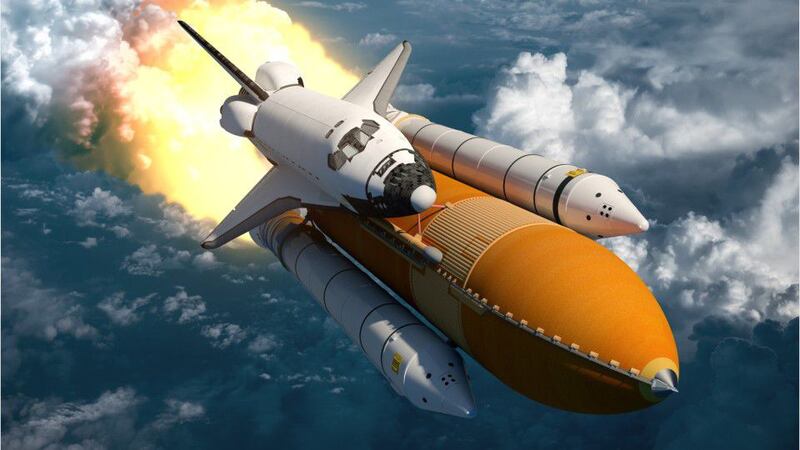A new, highly detailed view of the “Pillars of Creation” was released by NASA over 27 years after the Hubble Space Telescope first took the iconic astrophotograph of the nebula.
The new image will help researchers adjust their star formation models and better understand how stars form over millions of years. The image appears less foggy than previous nebula images thanks to the James Webb Space Telescope’s Near-Infrared Camera.
See the Pillars of Creation like never before!
— NASA (@NASA) October 19, 2022
First made famous by @NASAHubble in 1995, @NASAWebb revisited this iconic part of the Eagle Nebula, revealing new details and hidden stars: https://t.co/Wkf0XXHTqh pic.twitter.com/JywEHyX1Bq
“A new, near-infrared-light view from NASA’s James Webb Space Telescope helps us peer through more of the dust in this star-forming region. The thick, dusty brown pillars are no longer as opaque and many more red stars that are still forming come into view,” NASA said in its news release.
On April 1, 1995, Hubble first captured the iconic image of M16 or the Eagle Nebula. The image was dubbed the Pillars of Creation due to its star-forming region in the nebula. Hubble also retook an image of the nebula in 2014.
To download a full-resolution, uncompressed version of the image, here.
©2022 Cox Media Group






